Low House Farm, is a grade II listed house, bank barn and long-house with outbuildings situated south west of Littletown in the Newlands Valley, close to Keswick in the county of Cumbria.
The property is an interesting linear range of domestic and agricultural buildings ranging from 17th to 19th Century. It is a well preserved example of an evolved linear farmstead, described by English Heritage as characteristic of the small holdings of the Cumbrian uplands. There is significant original fabric with the house (C18th) and bank-barn (C19th) retaining most of their original fabric and roof structures, although the rear of the house has been modified and re-faced, possibly in the early C20th. The long-house (C17th) retains important evidence of its original cruck structure and its long-house origin, but has been partially refaced, possibly in the early C20th.
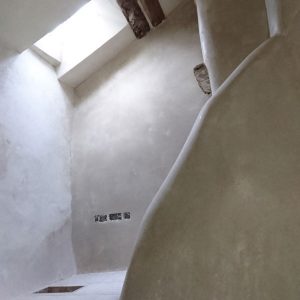
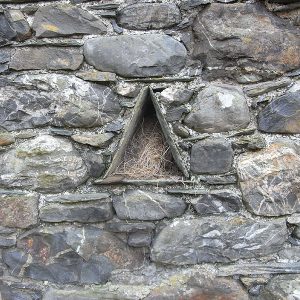
The interior of the farmstead retains original and historic interior features including an original early inglenook to the C17th dwelling and contemporary joinery to the C18th house and C19th bank-barn.
The works included the refurbishment of the entire set of buildings with the intention of living in the main house, creating ancillary domestic accommodation in the repaired long-house and forming a plant room in part of the lower bank-barn incorporating a biomass boiler for heating. The development included, removing the unsightly profiled roofed cement rendered C20th garage addition presently attached to the rear of the long-house and replacing it with a stone faced lean-to roofed sun-room, creating a stone faced rear porch to the side of the main house acting as a link to the new plant room and additional fenestration to the rear of the main house.
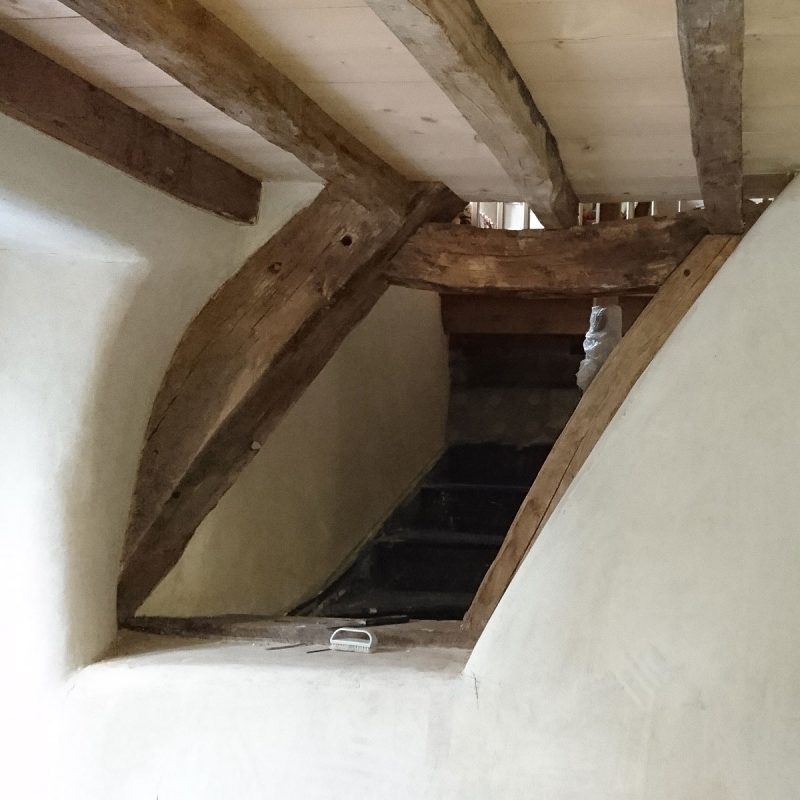
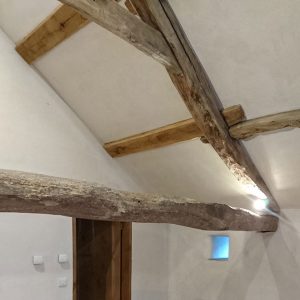
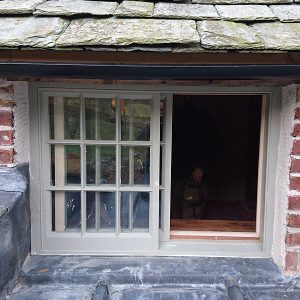
Our client was extremely keen to implement this scheme of repair and alteration with minimum impact on the remaining original fabric and layout.
We wanted to assure the Lake District National Park Authority that in making the house and long-house fit for habitation we will not compromise the architectural interest of the existing buildings.